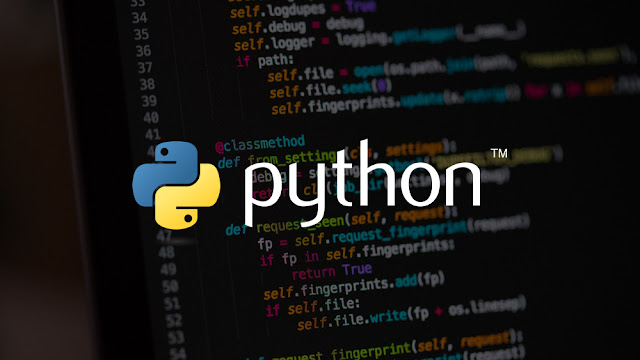What are the differences between Apache Spark and Apache Flink?
Firstly
let us understand what Apache Spark is and what is Apache Flink?
Apache Spark: It is an open
source processing engine that provides an interface for programming entire
cluster with implicit fault-tolerance and data parallelism. It was originally
development at Berkeley's AMP Lab,
which was later donated to Apache
Software Foundation.
Apache Flink: Flink means
agile. It is a data processing tool and process big data efficiently with high
fault tolerance and low data latency on a large scale. It process streaming
data in real time. Later it became the part of Apache Software Foundation.
Similarities between Apache Spark and Apache
Flink:
Both projects are of Apache Software Foundation.
-
Both are general purpose data processing platform.
- .Both come with in-built memory
- Both are used for big data scenarios.
- Both share a good performance.
- Both can run in standalone mode.
- Both have a wide field of applications.
Although, they have many similarities
but these similarities are not considered when it comes to data
processing.
Differences between Apache Spark and Apache
Flink:
1. Based on Data
processing:
|
S.No.
|
Apache Spark
|
Apache Flink
|
|
1.
|
Processes data in batch mode
|
Processes streaming data in real time
|
|
2.
|
Processes chunks of data (FDD)
|
Processes rows after rows in real time
|
|
3.
|
Has minimum data latency
|
High data latency as compared to Spark
|
2. Based on
Iterations:
|
S.No.
|
Apache Spark
|
Apache Flink
|
|
1.
|
Supports data iterations in batches
|
Iterate its data by streaming architecture
|
3. Based on
memory management:
|
S.No.
|
Apache Spark
|
Apache Flink
|
|
1.
|
Optimize and
adjust its individual datasets manually.
|
Automatically
adapt to varied datasets
|
|
2.
|
Do manual
partitioning and caching
|
Automatic portioning and caching
|
|
3.
|
Slow and delay processing time
|
Fast processing time
|
4. Based on Data
Flow:
|
S.No.
|
Apache Spark
|
Apache Flink
|
|
1.
|
Follows a procedural
programming system
|
Follows a
distributed data flow system
|
Flink provides intermediate results
and whenever these results are required, broadcast variables are required for
distributing pre-calculated results to all worker nodes.
5. Based on data
Visualization:
|
S.No.
|
Apache Spark
|
Apache Flink
|
|
1.
|
Do not require a web interface to submit its
jobs
|
Provides a web interface to execute all
operations
|
Spark and Flink both are integrated
with Apache Zeppelin and provide data visualization, data ingestion, discovery,
data analytics and data collaboration. It also provides multi language backend,
which allows you to execute Flink programs.
6. Based on Processing
time: To calculate the processing time, an
experiment was conducted in which, Both Spark and Flink are given same
resources in form of node configuration and machine specifications.
The differences are as follows:
|
S.No.
|
Apache Spark
|
Apache Flink
|
|
1.
|
Spark takes more time o process data
|
Flink followed pipeline execution and
process faster
|
|
2.
|
Data process time was 2171 seconds
|
Data process time was 1490 seconds
|
|
3.
|
For 10Gb data it took 387 seconds
|
For 10Gb data it took 157 seconds
|
|
4.
|
For 160Gb data it took 4927 seconds
|
For 160Gb data it took 3127 seconds
|
Although, Apache Spark has lots of
advantages but in case of batch data processing, Flink is gaining more
commercial support.
With the arrival of concept of Big Data and the increasing need of better handling of Big Data, it has become really important to acquire expertise in technologies like Apache Spark. To take a technological lead, enroll yourself right away to a Spark training in Bangalore and become a professional.


Comments
Post a Comment